Best Pre-Spawn Bass Fishing Tips and Techniques (Ultimate Guide)
The spawn is one of the most talked about periods in bass fishing. Nothing quite stacks up to the fast-paced action you can have fishing the beds and pulling in lunker after lunker, and since it only lasts a week or two, everybody spends a whole year getting excited about it.
However, the period right before the spawn isn’t discussed as much. The pre-spawn can be a great fishing experience, and it should be on every angler’s radar. Especially those wanting to catch the fish of a lifetime because larger female bass will be moving toward the shallows, stacked up in predictable and relatively easy to find locations….And HUNGRY!
Today, we’re going to cover some pre-spawn bass fishing tips that will give you an edge with this brief, yet fruitful, period a lot of anglers ignore.
Let’s get started.
Newsletter Signup
What is the Pre-Spawn Bass Fishing Period?
As the name implies, the pre-spawn is a time right before the bass spawn. Bass behavior varies dramatically throughout this period, and we’ll cover that in-depth later, but it’s generally the period when fish are preparing themselves for the spawn and feeding up as quickly as possible as their metabolism begins to warm up post- winter.
When is the Pre-Spawn Bass Fishing Period?
While the spawn usually only lasts a week or two, the pre-spawn is typically much longer. It can last anywhere from a few weeks to a couple of months.
Unfortunately, that can make it a little difficult to anticipate, and it often falls in a period when most anglers have hung up their rods due to the cold weather.
The pre-spawn isn’t in the dead of winter, though. That’s the period when the bass are at their slowest, and they’re not focusing on mating or preparing beds. They’re simply surviving at that point.
It’s also not in the spring when the water warms up. That’s right around the start of the spawn.
The pre-spawn starts when winter starts to break up a little bit, and it lasts the entire rest of the period before the water finally warms up enough for the spawn to start.
The exact period you should expect is going to depend greatly on where you are in the country. Just like the spawn itself, the pre-spawn can start sooner or later in one state compared to another, and the length of the pre-spawn can be shorter or longer depending on where you are.
Another factor is the way weather fluctuates. If you have an abnormal winter, the pre-spawn that your area usually gets can be thrown off dramatically in a variety of ways. Even if you usually have a very short pre-spawn period, an unusually warm winter might start earlier, and it will last longer, or if it’s unnaturally cold, your typical long period might become shorter.
That’s why it’s crucial to monitor the weather frequently throughout the general timeframe for the start of the pre-spawn. If you’re monitoring it, you can figure out when the weather starts to warm up just a little bit and stays warmer.
If you want a way to do that easily, check out the BassForecast fishing app. It has all the weather information you need to plan your fishing trips and much more. And, if you are looking to catch that fish of a lifetime, their Pro subscription, which is surprisingly affordable, offers a built-in monitoring system to make sure you don’t miss the 1st big pre-spawn movement of the season because the biggest girls always move up first. In the BassForecast Pro mobile app, you can set 10-day advance mobile alerts for GOOD and EPIC days for any fishing location in the world. It will send a mobile notification to you far enough in advance to where you can juggle your schedule to hit the water on those few EPIC opportunity days. Unlike Spring, Summer, and Early Fall where most days are good, Pre-Spawn is very tricky and success is highly dependent on the rapidly changing weather patterns.
Locating Bass During the Pre-Spawn
Locating bass during the spawn is pretty easy. You look for the flats in whatever water you’re fishing and try to spot their beds. Once you find those, you’re in for some fast-paced fishing with an amazing chance of catching your new personal best since all the big bass are laying their eggs.
The pre-spawn is a bit more complicated. But once you understand what pre-spawn congregating locations look like, you can focus your location-specific fishing on these spots. The ideal pre-spawn congregating area will be along a migration route that bass will use to travel from deep water to their eventual shallower spawning flats.
These areas will be primary and secondary points. Any sort of ditch or depression that connects deep to shallow water. If you are going to fish a flat pond, look for any time of structural change from deep to shallow. If that area has a cover that holds heat, such as wood, grass, or rocks, you may find a mother lode of big staging pre-spawn females.
Generally, the fish on the north end of the lake will move up first as warm fronts with accompanying south winds will concentrate warmer water on the north end of the lake.
Water clarity will help determine the relative depth at where the big female bass will be staging during this period.
This isn’t always the case, depending on the features of the water you’re fishing at and the weather on any given day, but in general, murky water means you should check the shallows, and clear water means you should fish a bit deeper during the pre-spawn.
Again, a lot of manmade lakes aren’t all that deep, and ponds certainly don’t reach the depths necessary for there to be much difference. In general, this might not be applicable to all bodies of water.
In those cases, if it’s murky, try the bank areas, and if it’s clear, target the areas further away from the banks or where there are at least small drop-offs.
Of course, when it’s a little warmer out, you can also apply the same tips you’ll get for any other time of year. Check around the water's structure, weeds, and other key features for bass on the hunt. They usually go on the offensive during the warmest part of the day.
Unfortunately, that period doesn’t last too long during most of the pre-spawn. So, make the most of it while you have the opportunity.
This time of year, big females will make sporadic feeding forays on/near these pre-spawn staging areas. So, have a milk run of several good possible pre-spawn spots. Look for nearby feed areas such as that 1st little flat near the drop and hit them several times per day. Run the rotation and don’t spend too much time beating a spot unless it is a large spot and you are continually catching fish. Once it slows down, move on to the next spot, return later and there will be a new batch of fish that have moved up temporarily to feed.
In the BassForecast Pro app, there is an illustrative lake that will show you exactly what to look for whether you are fishing a small pond or large public lake.
Pre-Spawn Bass Fishing Tips: Lures
The good news about getting geared up for pre-spawn bass fishing is that you likely won’t have to rush out and buy a bunch of new lures unless you have a very small collection. For the most part, the lures you’ll want to use are lures that most long-time anglers have and use all the time.
With that being said, some do work better than others. Also, beginners need a little bit of guidance since they haven’t had years to build up a proper supply of tackle.
Here are some of our favorite lures for the pre-spawn fishing techniques we’ll be covering later.
1: Shallow Crankbaits
Crankbaits are amazing lures all year round. There isn’t a reason you shouldn’t have a couple of them in your kit every single time you hit the water. They’re easy to use, catch fish reliably, and come in all sorts of colors, patterns, and price ranges.
However, for this guide, we’re recommending crankbaits that dive to about 2 to 6 feet. You can find bass deeper in the water if your fishing spot is deeper, but you’ll see that most of our pre-spawn bass fishing techniques revolve around shallow water fishing. So, your deep-diving bombers and similar cranks aren’t going to be the best choice for the pre-spawn. During the pre-spawn, there are not a lot of baitfish shallow. So, typically the primary forage is going to be crawfish. That is why red craw-type patterns work so well during the pre-spawn period.
Rapala’s DT6 is great for this, and you can find it on Tackle Warehouse. You can also look at any other brands or models as long as they’re shallow baits, and we recommend sticking to high-quality options. You’re likely to catch bigger fish since the fish from the previous spawn are all juveniles now, and the big fish are eating voraciously.
2: Spinnerbaits
Spinnerbaits are extremely useful, as well. You can easily control their depth, and that helps a lot if you find that the bass isn’t in the shallows when you go, and they’re easy to use in general.
We don’t have a specific recommendation for this one, because there are so many options on the market that work extremely well. They’re classic lures, and practically every manufacturer has pumped out a variety of models.
We recommend getting a few of these in various colors to match water conditions, but in general, they’re best in stained water.
To use these, don’t just use a straight retrieval pattern like you would in most peak fishing seasons. Instead, speed it up and slow it down sporadically. This will trigger the bass and give them time to commit since they’re still a little stubborn from a long cold winter.
3: Jerkbaits
Jerkbaits are a good idea, as well. Just make sure any hard jerkbaits are shallow divers like the crankbaits we suggested.
These are a great option if you’re not getting bites on the crankbait. A jerkbait is meant to be twitched back to you instead of consistently reeled, and those pauses get stubborn bass to bite.
4: Jigs
While we’ll mostly tell you to fish in the shallower regions, you should make sure you have at least one or two heavy flipping jigs in your box.
The bass will go deeper into the column when they’re not feeding, and the water is clear. So, you’ll need to be equipped for that.
A ¼ ounce jig is heavy enough for the shallows and ½ to ¾ ounce for deeper water. We recommend casting it out, letting it sit, and then dragging it back in a short distance slowly. Let it sit for a while between every drag. You’re mimicking bottom-feeding baitfish and crustaceans that are cold and slow. Your jig shouldn’t be hopping all over the place, or it will stand out.
Darker colors with flash are great to choose in murky water, but if the water is clear, go with a bright color that gets the attention of everything nearby. Red craw is an excellent choice this time of year.
Pre-Spawn Bass Fishing Techniques
Now that you’re geared up, it’s time to start talking about techniques. A lot of your knowledge from fishing during the peak bass seasons will carry over well, but you need to adjust some things.
1: Fish Shallow During the Warmest Part of the Day
The best time to fish and reliably get fast-paced action is to wait until the sun is reaching its peak. That’s when the shallower parts of the water along the banks are starting to warm up quickly.
This not only helps the bass regulate their body temperatures, but it also attracts the baitfish and makes for the perfect conditions for the bass to eat.
Of course, that’s another key point.
The bass are in a feeding frenzy during the pre-spawn period. They barely stay fed during the winter, and when the spawn comes, they’ll be stuck hovering over their beds with very little food. So, they start packing on the pounds like crazy to recoup lost mass and prepare for their upcoming spawn.
If you wait until the right time when the edges of the water heat up for the day, you can easily find yourself getting back-to-back catches with larger fish.
2: Match the Baitfish
If you’re following our first pre-spawn bass fishing technique, make sure you match the baitfish in the water you’re fishing. Now, none of the lures we mentioned perfectly mimic the outline of a baitfish, but their colors can mimic them all well.
The main baitfish in the US tend to be shad, minnows, and bluegill. So, silver and blueish-green lures should work well. But, for whatever reason, whether there are crawfish or not, red craw patterns often work well on any body of water during the pre-spawn period.
3: Fish it Slow
Just because the bass is eating a lot of food doesn’t mean you’re able to start fishing quickly like you would in a summer frenzy.
Instead, you need to take a slower approach. If you’re using a crank or a spinnerbait, mix in slower retrieval speeds with your faster-paced speeds. If you’re using a jerkbait or jig, add long pauses into the mix to give the bass more time.
4: Know When to Go Deep
If you’re able to stay out longer and the sun starts fading a bit, you don’t have to call it quits. You just have to change your approach.
It’s the perfect time to pull out your jig and toss it into the deeper sections. The bass will start moving into the deep end, and while the fishing will slow down, you can still bring in some good bass with the time you have left. Try the 1st drop off near transition areas this time of year.
5: Dress Like It’s Winter Fishing
The air temperature might start warming up, and you might feel comfortable in a sweatshirt with normal street clothes on, but the water is still cold. You need to dress as if it’s colder than it is outside. Not only is the air temp colder closer to the water, but as you pull fish out or re-tie your rigs, you’ll get wet.
Some fishing gloves and a slightly heavier jacket are crucial to keep you comfy on the water and mobile.
Get Out There and Fish the Pre-Spawn
The spawn tends to get a lot of attention, but you can easily catch tons of fish in the pre-spawn thanks to the feeding frenzies the bass go into. And, more giant bass are caught in February and March than any other time of the year.
Don't waste this opportunity. Use our pre-spawn bass fishing tips and techniques to catch your personal best while a lot of anglers still have their rods in storage.


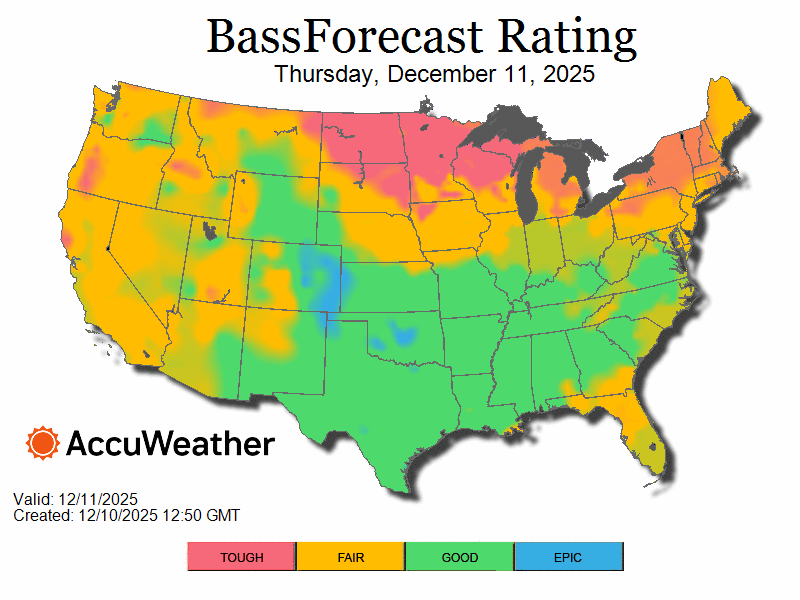

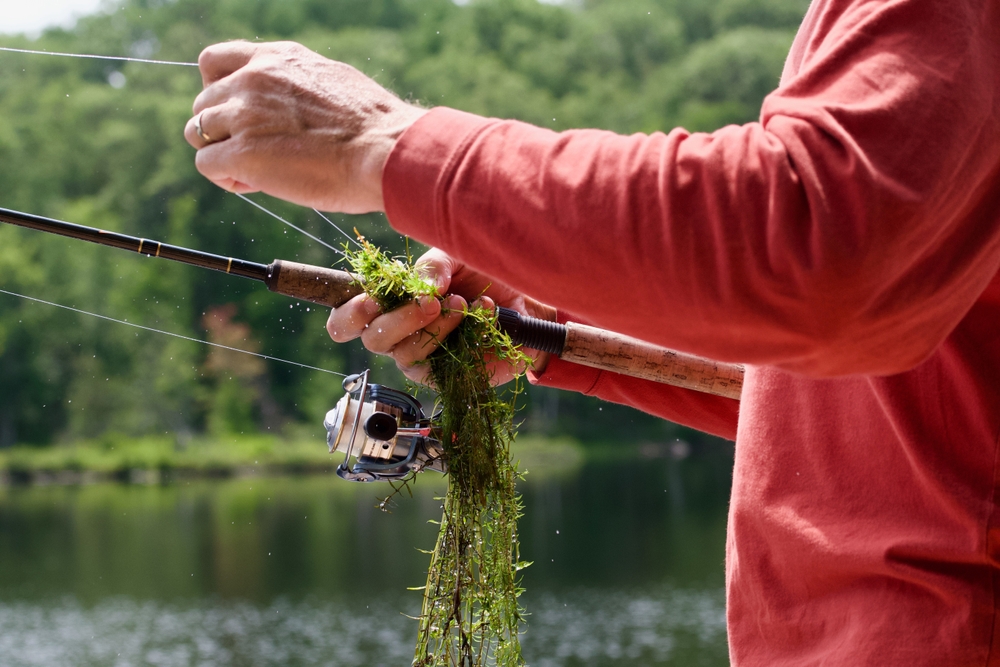
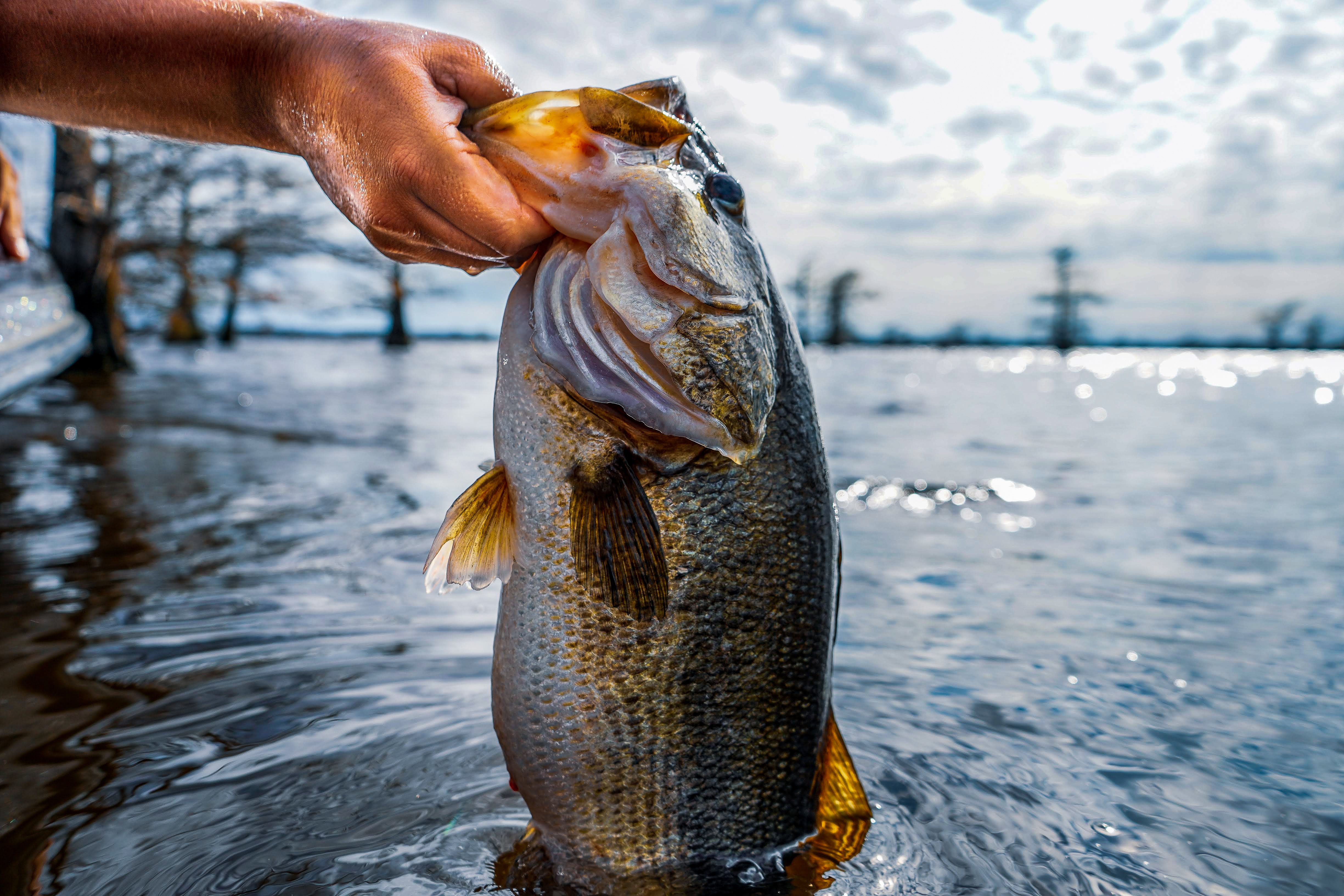
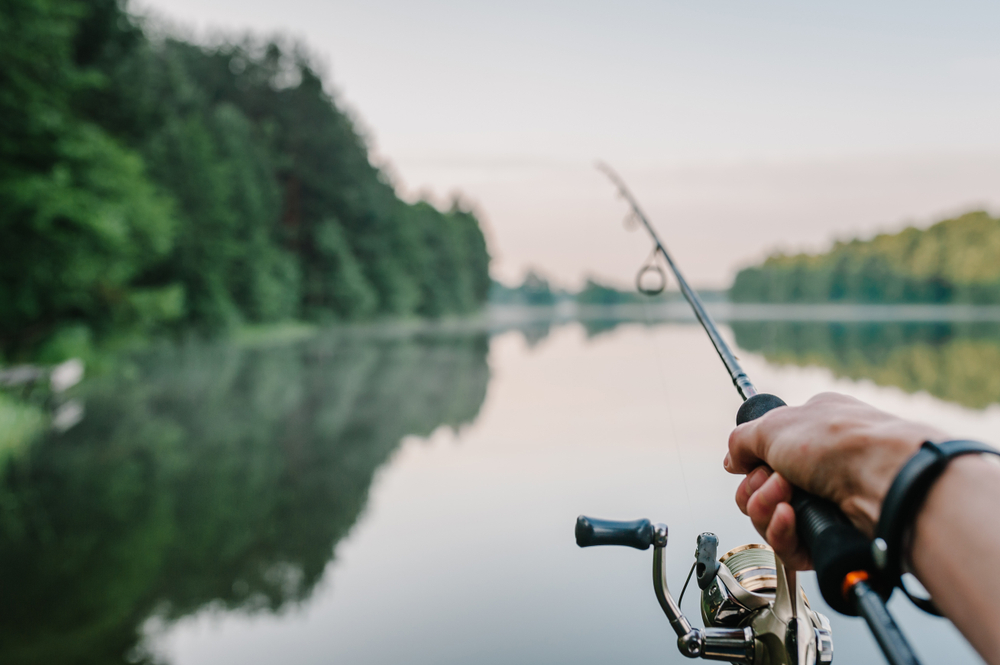
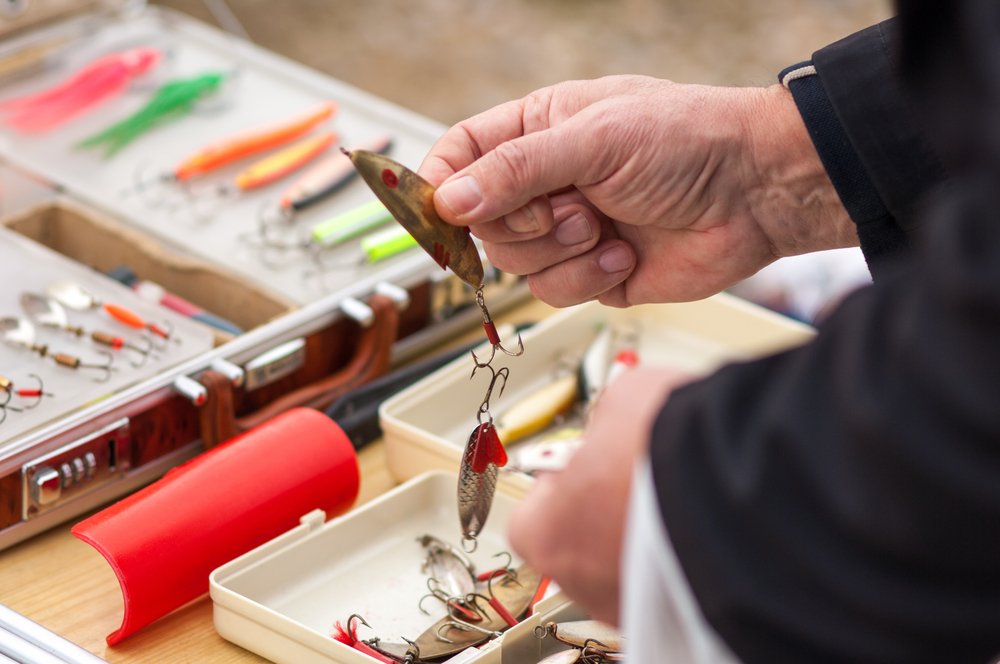
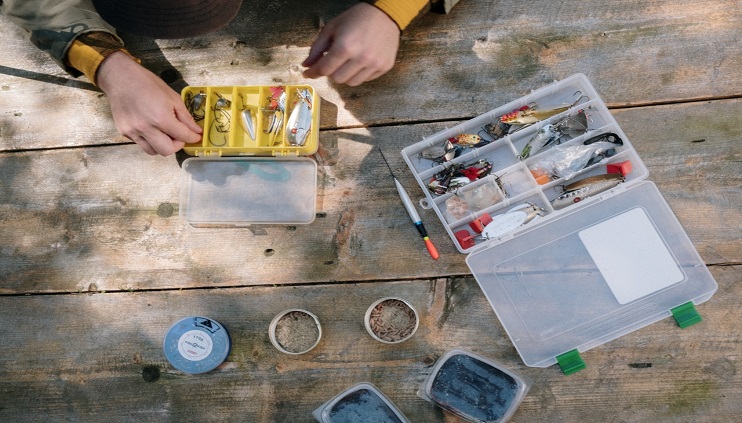
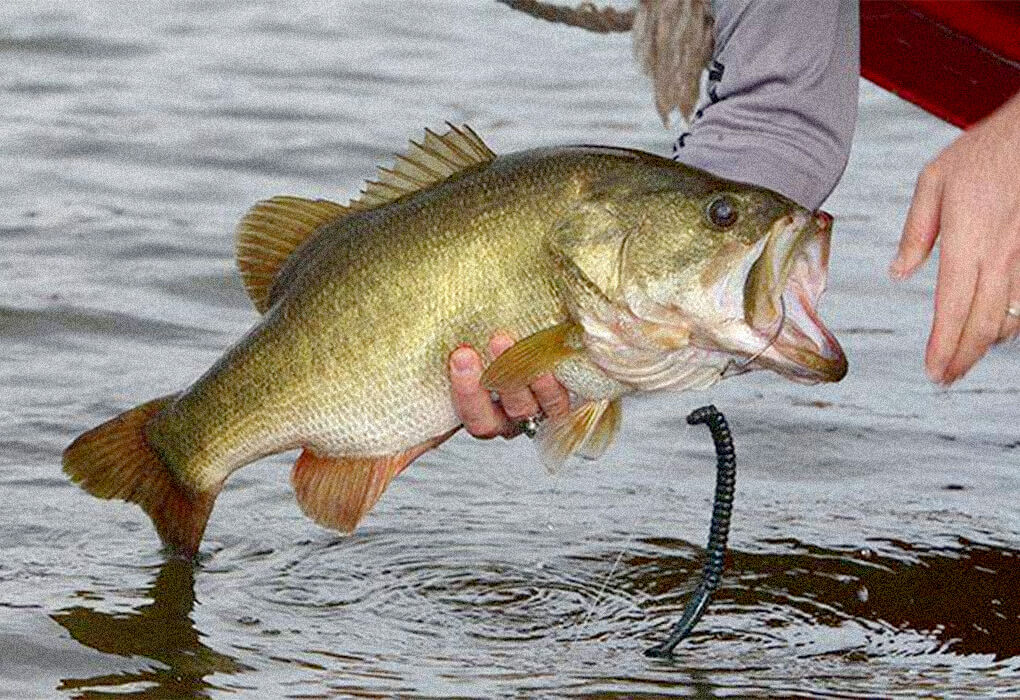
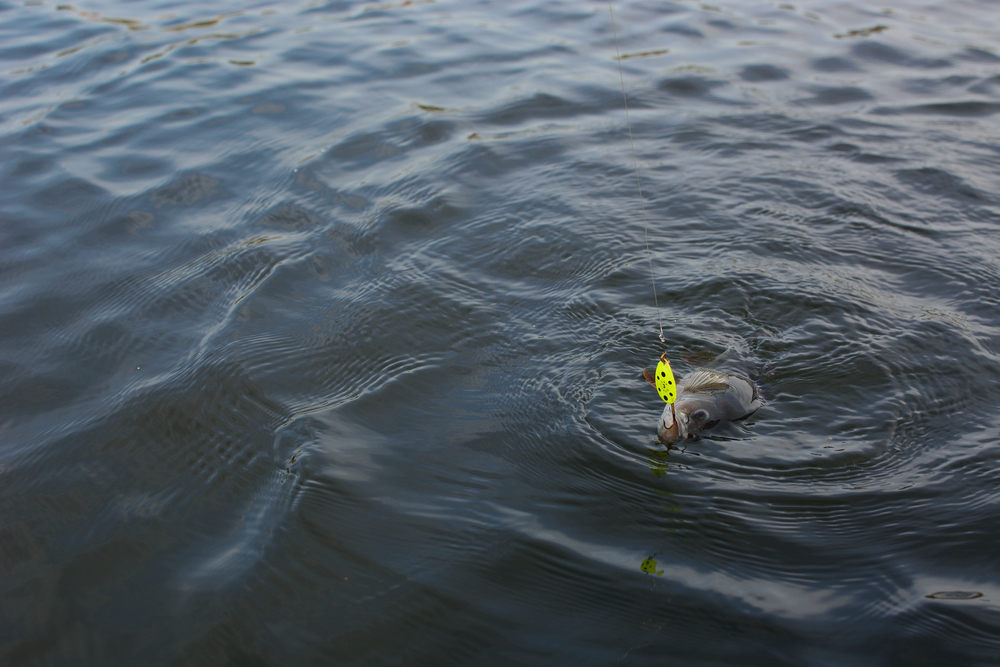
.png)
.png)